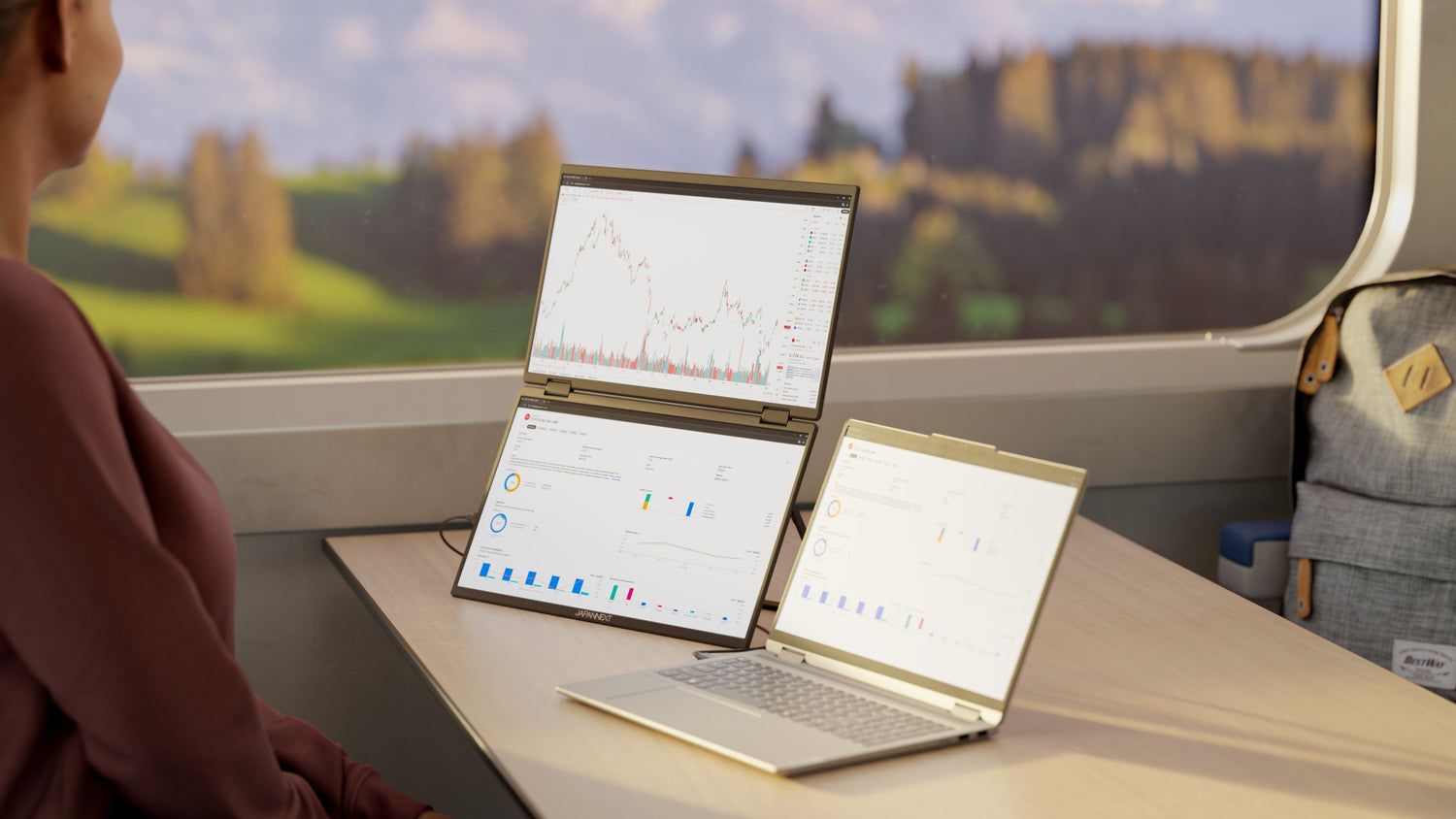The HDMI (High-Definition Multimedia Interface) interface has become an essential standard in the field of connection between digital devices. Whether you're a video game enthusiast, a graphics professional, or simply someone who wants to connect your monitor to various peripherals, it's essential to understand how this technology works. This article reviews everything you need to know about HDMI connections and their best use with LCD displays and digital TVs.
What the HDMI interface is and why it is essential
The HDMI interface allows high-quality video and audio signals to be transmitted via a single cable. This connection was created to simplify and improve digital audio-visual connections, effectively replacing traditional analog cables such as VGA and RCA.
The different versions of the HDMI connector
Since its creation, the HDMI interface has undergone several updates. They each bring notable improvements in terms of bandwidth and functionality.
- HDMI 1.0 - 1.2: These first versions offer a maximum resolution of 1080p at 60Hz.
- HDMI 1.3 - 1.4: Support for 3D and resolutions up to 4K at 30Hz.
- HDMI 2.0: Improved with support for 4K at 60Hz, HDR and a wider color gamut.
- HDMI 2.1: The most recent version, supporting 8K at 60Hz and 4K at 120Hz, as well as VRR (Variable Refresh Rate).
The advantages of the HDMI interface
HDMI connectivity has several strong points compared to its predecessors:
- Simplicity: A single cable for video and audio, reduces wiring clutter.
- Quality: Uncompressed data transfers, ensuring optimal image and sound quality.
- Compatibility: Large number of compatible devices, including televisions, game consoles, projectors, etc.
How to choose the right HDMI cable
Choosing the right HDMI cable may seem simple, but there are several factors to consider to ensure optimal performance with your monitor.
Cable length
The length of the HDMI cable is important. Shorter cables are generally better for clear, lossless transmission. If you need a long cable, opt for active cables or those with signal repeaters to preserve signal quality.
HDMI cable version
Make sure the cable matches your devices specifications. For example, to fully enjoy games in 4K at 60Hz, an HDMI 2.0 compatible cable is essential.
Certified cables
Prefer certified cables. They ensure compliance with HDMI standards and reduce the risk of problems such as "snow" (visual artifacts), interruptions or audio dropouts.
Comparison between HDMI, DVI and DisplayPort
Although the HDMI interface is widely used, there are other types of connections you might want to consider. Let's briefly compare them with HDMI to help you make an informed choice.
DVI (Digital Visual Interface)
DVI was often used before HDMI. Here are its features:
- Video only: Unlike HDMI, DVI cannot transfer audio signals.
- Resolution: Can support up to 2560x1600 pixels, sufficient for most applications but exceeded by HDMI for higher resolutions.
DisplayPort
DisplayPort is another popular connection, especially in the IT field:
- High bandwidth: Ideal for multi-monitor setups and high resolutions.
- Audio and video: Like HDMI, it transmits both audio and video signals.
- Physical Lock: Provides a mechanical lock to prevent accidental disconnections.
The impact of HDMI on gaming and multimedia
Using HDMI for gaming and multimedia has several significant advantages.
Gaming
For gamers, the HDMI connector offers the ideal combination of high refresh rate and low latency. Consider the following:
- High resolutions: Take full advantage of 4K and beyond.
- HDR Support: Delivers superior contrast and color, enhancing the visual experience.
- VRR: Variable Refresh Rate minimizes frame tearing, crucial for fast-paced games.
Multimedia
In the multimedia field too, there is no shortage of advantages:
- Universal compatibility: Whether for movies, YouTube videos or online streaming, almost all equipment is HDMI compatible.
- Sound and visual quality: Enjoy Dolby Atmos audio and 4K or even 8K visuals.
Setting up your monitor correctly with an HDMI cable
To get the best performance from your monitor with an HDMI cable, follow these handy tips:
Update drivers
Always check that your graphics card and display drivers are up to date. This ensures the best compatibility and performance.
Adjust display settings
Go to your operating system settings to adjust the resolution and refresh rate to those recommended for your monitor.
Use the correct ports
Be sure to plug the cable into the recommended HDMI port for the primary display, often marked as HDMI In or Input on your monitor. Also use advanced HDMI ports if available, as they can offer additional features such as HDR support.



